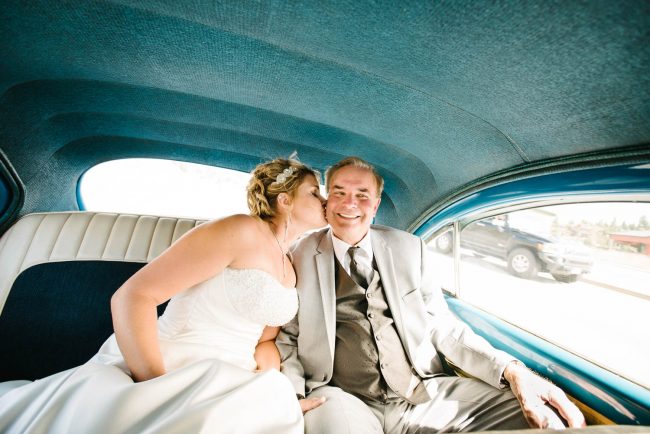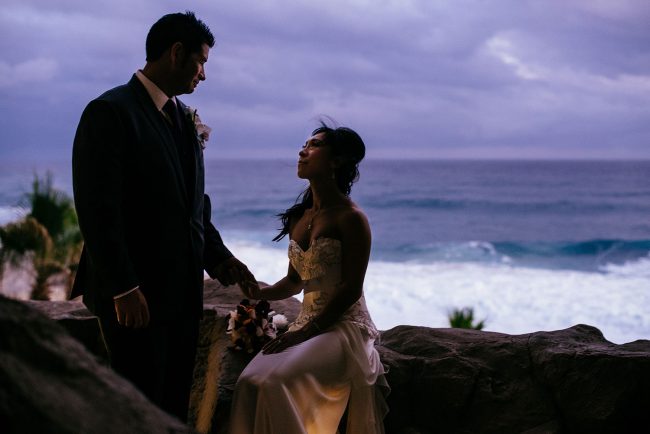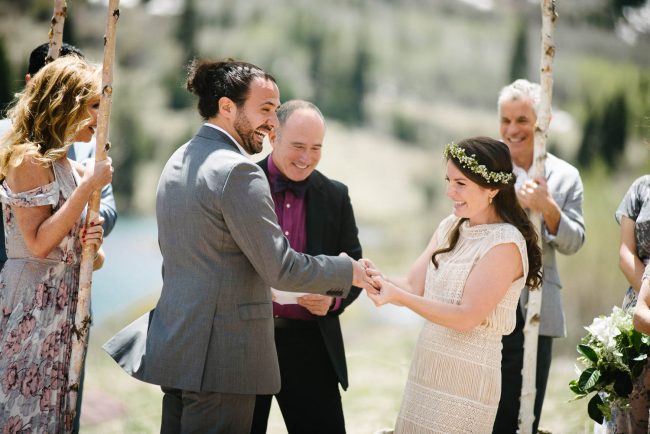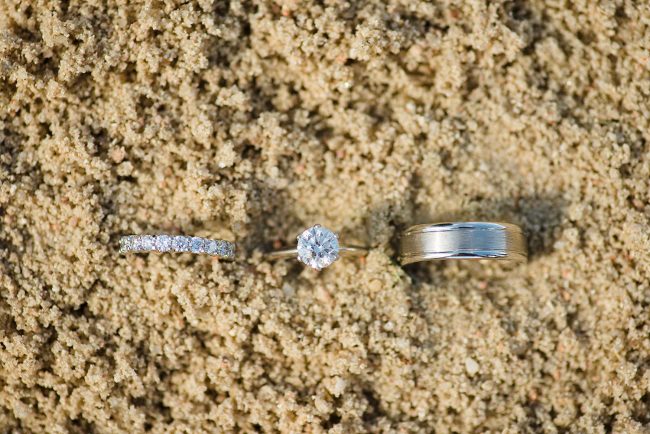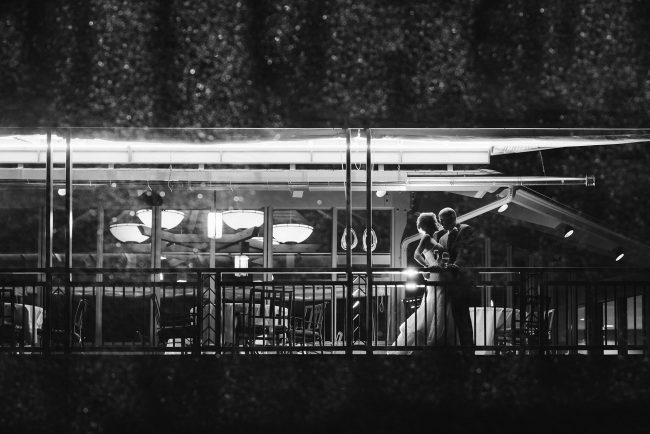Equipment
The 6 Must-Have Pieces of Equipment for the Pro Wedding Photographer
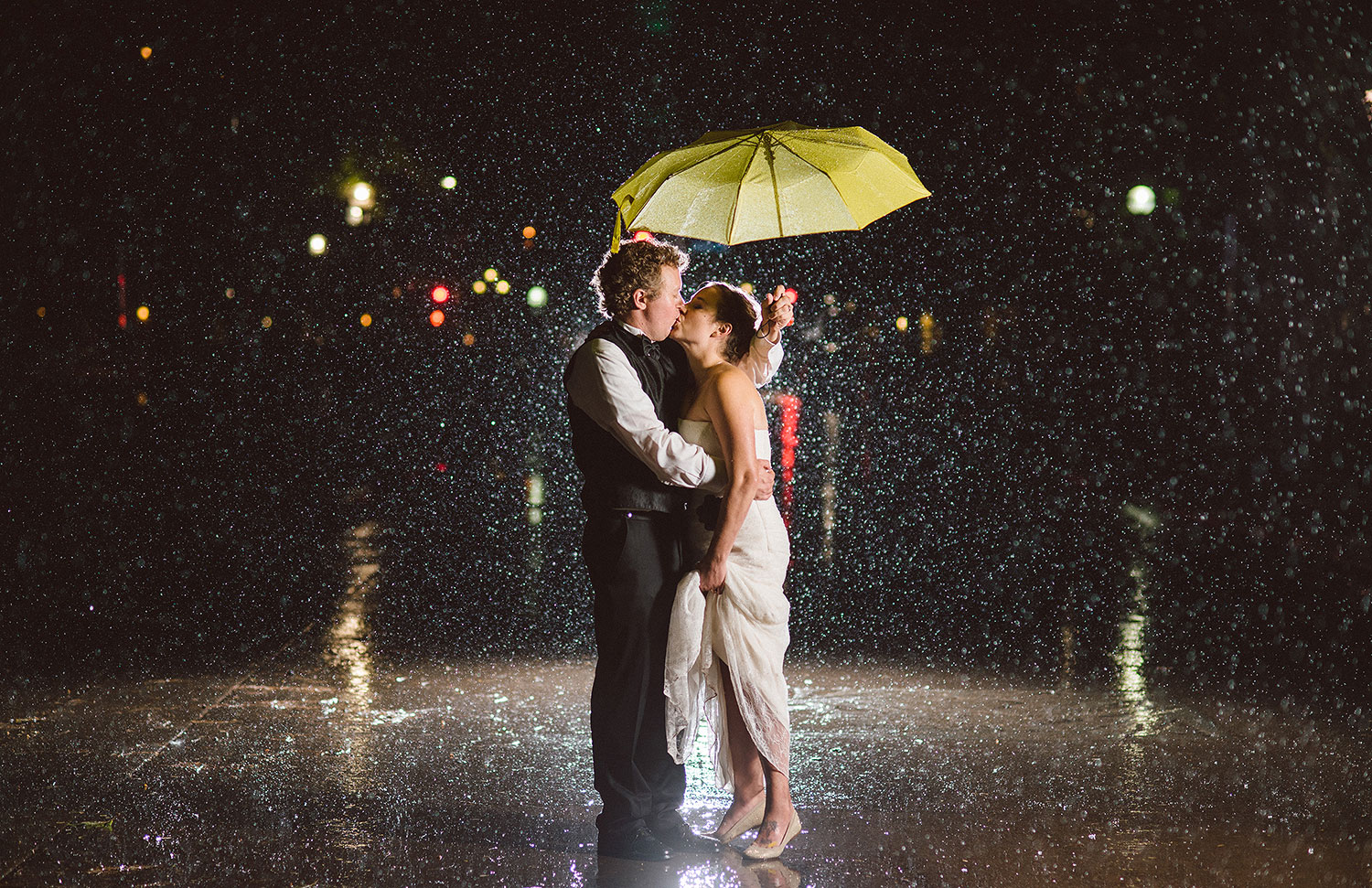
Over the past eight years, I’ve worked hard at becoming an experienced and successful wedding photographer – what that really means though, is that I have to be ready for just about anything at any time. Part of the label “professional photographer,” especially in the wedding industry, implies being able to get high-quality images even when things don’t go to plan, and believe me, your best-laid plans will go out the window more often than not. I may not be able to teach you to think on your feet (only experience will do that), but I can let you in on some of the gear I use to make sure I’m ready for any situation a wedding can throw at me. Here’s my list of the six most essential pieces of equipment you can bring with you to create great images at a wedding, in no particular order.
The Wide-Angle Zoom Lens
An essential for most types of photography and a must-have for weddings. The classic here is the 24-70mm f/2.8 made by nearly every professional lens company out there. This is a great all-around lens, and in a pinch, you could reasonably shoot an entire wedding with this lens alone. I would never choose to do that, but it does give you the option to shoot wide, normal, and telephoto. In both Nikon and Canon’s case, this lens is extremely quick to focus even in low-light and is very sharp even completely wide open at 2.8. Wide zooms are a necessity for weddings in some situations including scene-setting shots, wide landscapes, and of course the large group portrait. They also make for more intimate, journalistic style shots.
Personally, I use the Nikon 17-35mm f/2.8 because I like being able to shoot extra wide on occasion. I also like to segment my lenses by focal length (wide, medium, telephoto) to keep my mind on how exactly I want to shoot each scene and change lenses if necessary. Segmenting my lenses allows me to be more purposeful and less lazy in how I shoot.
The 50mm Prime Lens
Otherwise known as a “normal” focal length lens on a full frame camera. People say a “normal” lens most accurately approximates a human eye’s angle of view. And that’s a powerful thing. It’s a fixed focal length, which means there is no zoom available, or that you have to zoom with your feet. The advantage of prime lenses is that they tend to be much faster (i.e. wider maximum aperture, which equates to a shallower depth of field and better performance in low-light). Because of all these things, the 50mm is extremely versatile. It can be a relatively tight portrait lens or a wider environmental portrait lens. It can eliminate some of the busy distractions with its shallow depth of field while remaining extremely sharp, and it’s a great low light lens because of its wide aperture.
The 50mm is probably my favorite lens of all time. I use the Nikon 50mm f/1.4, but Nikon and Canon both make very cheap versions with a 1.8 aperture ringing in under $200. Canon also makes the Canon 50mm f/1.2L which is fantastic if you’ve got the scratch, or you could rent it. In fact, I’m such a proponent of the normal prime lens that when friends ask me which lens to buy when they are getting into photography, I immediately point them towards it. It will teach you more about photography than any article or book ever could. It’s the only other lens that if I lost or broke every other lens in my bag, I would be able to pull off the wedding seamlessly.
The Telephoto Zoom
For the majority of western weddings, a good telephoto lens is necessary for the ceremony. You won’t always be able to get right up close to the bride and groom, but you will want to capture some of the emotions in their faces. Enter the telephoto zoom lens. This is any zoom lens that spans above the 50mm range on a full frame camera. The most popular choice for pros would be the 70-200mm f/2.8 (Nikon | Canon). It gives you a more classic portrait length from 70-135mm, but can also give you a little longer reach from the 135-200mm range. A fast aperture is crucial here because as you increase your focal length, you also must increase your minimum shutter speed to avoid blurry shots due to camera shake (i.e. the reciprocal rule: your hand-held shutter speed needs to be faster than 1 over your focal length. For example, with a 100mm lens, your SS needs to be at least 1/100s). Newer models include Vibration Reduction/Image Stabilization, which can help you open your shutter speed by a stop or two.
The great thing about these lenses is that so long as you avoid a couple of small pitfalls, everything you shoot with it will come out looking gorgeous. It’s almost cheating. And in some circles, it’s considered to be. But don’t let the haters bring you down! I use the old-as-hell Nikon 80-200mm version. It’s probably the oldest lens I have in my bag, but I don’t care because it’s still tack sharp. One day I’ll upgrade to the VR/IS version, but probably not until mine breaks.
The Macro Lens
It’s a specialty thing, but ultimately a must-have for ring shots. Without getting too technical about the details, a macro lens allows you to photograph things at extremely close distances, effectively producing rich details in small objects. A true macro lens will allow you to reproduce an image on the film plane that’s the same size as the actual object (a 1:1 magnification ratio). They usually range from about 60mm to about 180mm, but there are versions outside of that range. They don’t tend to be very useful outside the ring and flower shots, so it should probably be the last lens you buy in your kit, but eventually you’ll need one if you want to get those grand ring shots.
I use the Nikon 60mm f/2.8 Micro (Canon Version Available Here), which I picked up used on eBay for about $250. I went with a slightly wider macro for a couple of reasons – it allows me to get a little more context in the photos and the wider angle of view also helps me keep shutter speeds fast in low light.
The Speedlight
OK, I might get some backlash on this from the natural light photographers out there, but I think it’s really important to always have at least one flash on you at a wedding, and the in-camera popup flash does not count. Even if it doesn’t leave your bag, you need to have one and know a couple of great ways to use it in a pinch. When you’re in a field after dark shooting a reception with no available light or when you get smashed into a small dark room to shoot family portraits during a rain storm you will thank me. And yes, I’ve been in both those situations a number of times. Both Nikon and Canon make great versions, and there are some other less-expensive options out there too. (Nikon | Canon).
Having a strobe or two in your bag can not only get you out of a trouble situation but allows for some creative photography too. It’s a common thing for me to grab the couple during the reception and pull them outside for a quick nighttime session that I’ve already planned out and lit. When you get it right, strobes can add a ton of drama to an otherwise flat scene, or just add the little spark it needs to go from good to great.
The Backup Camera
This one should go without saying, and it speaks to your professionalism. If you only have one camera with you and anything at all happens to it, literally ANYTHING, your job is over. You’re done. And you’ve just cost these lovely people the memories of one of the most important days of their lives. Just bring one. I can’t harp on this enough, if you can’t bring a backup camera, you do not belong photographing weddings.
The Extras
In my opinion, those are the most important pieces of gear to have with you at a wedding. Of course, this article would be incomplete without a couple more essential must-haves:
- Memory Cards
- Extra Batteries
- Lens cleaning cloths
And some of my favorite extras that I recommend but are by no means necessary:
- More prime lenses (35mm, 85mm)
- Disc Reflector
- Pelican Case (protects camera in all conditions and works as a small stool)
- Tripod
- Gary Fong Diffuser
- Other lighting modifiers (umbrellas, softboxes, etc.)
- CTO gel for flash indoors
- A specialty lens just for fun (tilt-shift, fisheye, etc.)
- Business Cards
- A nice wooden hanger for the dress
- A snack – because you never know when you’ll get to eat
- 5-hour energy, just in case
Hopefully, this article is able to provide you with insight on what gear is most commonly found in the camera bags of wedding photographers. To celebrate wedding season starting up, LensRentals.com is offering 20% off on all of our wedding packages with the coupon code – WEDPACK.
Author: Ryan Dearth
I’m Ryan and I spend most of my days either exploring the expansive beer scene of Colorado, or enjoying the outdoor activities she has to offer near my home in Denver. My roots as a photojournalist helped shape my wedding photography at the beginning of my career and continues with my work now as a portrait and lifestyle photographer.
-
mostofa
-
Anjel Arobi
-
samanta salam
-
Fredrick H.
-
Jakiul Islam
-
Sue Celis
-
Julius Jordon
-
silo path
-
editpictureonline
-
Robert Smith
-
Clipping Next
-
Photo Design Expert
-
Sazzad Khan Rubel
-
Percentage Formula
-
Shumit Roy
-
Mosharrof Hossain
-
Rezuan
-
clippingchoicex
-
Sofiq Ahamed
-
Stephen King
-
Jozef Jean-Marie Timu?ák
-
Md Solaiman Hossain
-
Jeni
-
Ski542002
-
Dearth
-
Rod Kirby
-
Dearth
-
jrconner
-
Demetrius Austin™
